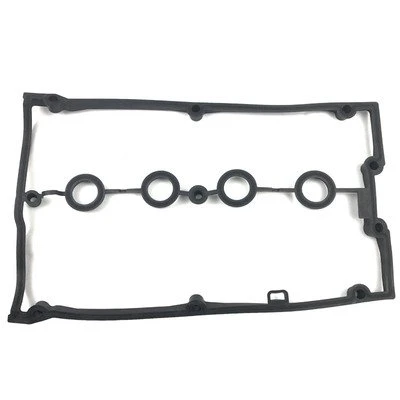10 月 . 18, 2024 17:58 Back to list
25x42x7 Oil Seal Specifications and Application Guide
Understanding Oil Seals The 25x42x7 Specification
Oil seals are essential components in various machinery and automotive applications, playing a vital role in preventing the leakage of lubricants, dirt, and moisture. Among the many types of oil seals available in the market, the 25x42x7 oil seal is notable for its specific dimensions, tailored for a range of applications. Understanding the significance of these dimensions and the characteristics of oil seals can aid in selecting the right component for your needs.
What is an Oil Seal?
An oil seal, also known as a lip seal or fluid seal, is designed to retain the lubricant in machinery while preventing the ingress of contaminants. These seals are typically made from rubber, but can also be composed of various materials such as plastics, metals, or a combination of these. The primary function of an oil seal is to provide a barrier that keeps lubricants in and contaminants out, ensuring smooth operation and longevity of the machinery.
The Dimensions Explained
The designation 25x42x7 refers to the dimensions of the oil seal, with each number representing a specific measurement
- 25 mm The inner diameter of the oil seal. This measurement indicates the size of the shaft or housing the seal is intended to fit onto. - 42 mm The outer diameter. This dimension tells you how wide the seal is when mounted. - 7 mm The thickness of the seal, which determines its profile and the contact area against the shaft.
These measurements are crucial as they ensure that the oil seal fits snugly without excess play that could lead to leaks or premature wear.
oil seal 25x42x7

Applications of 25x42x7 Oil Seals
The 25x42x7 oil seal is frequently used in automotive and industrial applications. In vehicles, it can be found in various components such as gearboxes, differential housings, and engines. Its robust design enables it to withstand high pressure and temperature fluctuations while maintaining its sealing integrity. Additionally, this oil seal is utilized in machinery like pumps, compressors, and other rotating equipment, where the reliability of the seal is paramount in preventing leaks.
Material Choices and Features
Choosing the right material for an oil seal is as important as its dimensions. Common materials include Nitrile rubber (NBR), Fluoroelastomer (FKM), and Silicone, each offering unique properties suited for different environments. NBR is resistant to petroleum oils and is widely used in standard applications. In contrast, FKM is used in high-temperature and chemical environments, providing superior performance against aggressive fluids.
Some oil seals are designed with additional features, such as external springs or special lip designs, which enhance their sealing capabilities. A design that includes a spring can help maintain contact pressure on the sealing surface, improving performance over time.
Conclusion
In summary, the 25x42x7 oil seal is a critical component in various mechanical systems, known for its specific dimensions and reliable sealing function. When selecting an oil seal, understanding its size and material properties is crucial to ensure optimal performance and longevity. Whether you're working in automotive, industrial, or commercial applications, the right oil seal can greatly enhance the reliability of your machinery, reduce maintenance costs, and prevent costly downtime. To ensure you select the best seal for your specific application, always consult with a specialist or refer to manufacturer guidelines. With the proper choice, you can achieve the seamless operation you desire in your machinery.